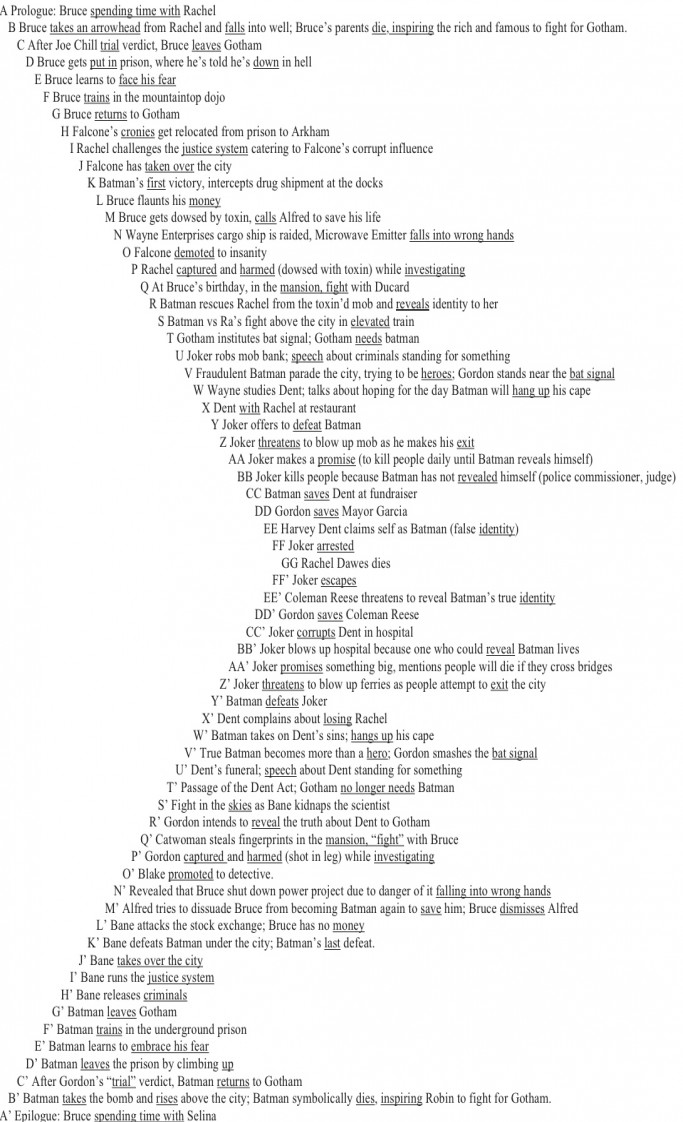What Comes Out of Tombs?
This past Sunday’s sermon was on the death of Jesus as recorded in Matthew 27:45-56. As I mentioned, there are things that we cannot fully understand about the death of Jesus, but Matthew even includes those puzzling verses, “The tombs also were opened. And many bodies of the holy ones who had fallen asleep were raised, and coming out of the tombs after his resurrection they went into the holy city and appeared to many” (52-53). For more specifics about what Matthew is talking about, you will have to listen to the sermon, but I am convinced that Matthew wants us to compare this episode with an earlier one in his gospel.
In Matthew 8, after Jesus calmed the storm, we read in v. 28: “And when he came to the other side, to the country of the Gadarenes, two demon-possessed men met him, coming out of the tombs….” What’s the implication? Before Jesus’ death, the only thing that comes out of tombs are demons, but now, with the death and resurrection of Jesus, saints, holy ones come out of tombs, because death can no longer contain them.
As this imagery settled in, I was immediately reminded of the account in The Lion, the Witch, and the Wardrobe when Aslan explains to Lucy how he can be alive again. She asks, “But what does it all mean?” “It means,” said Aslan, “that though the Witch knew the Deep Magic, there is a magic deeper still which she did not know. Her knowledge goes back only to the dawn of Time. But if she could have looked a little further back, into the stillness and the darkness before Tim dawned, she would have read there a different incantation. She would have known that when a willing victim who had committed no treachery was killed in traitor’s stead, the Table would crack and Death itself would start working backwards.”
Indeed, and as Matthew would have us to see, because of the death of Jesus, because He willingly yielded up His spirit (27:50), the tombs that once produced demons, now produce saints. “Death is swallowed up in victory.” Matthew is giving us a picture, a foretaste of the greater resurrection yet to come, when all of the holy ones will be raised to enter into the holy city at last.
